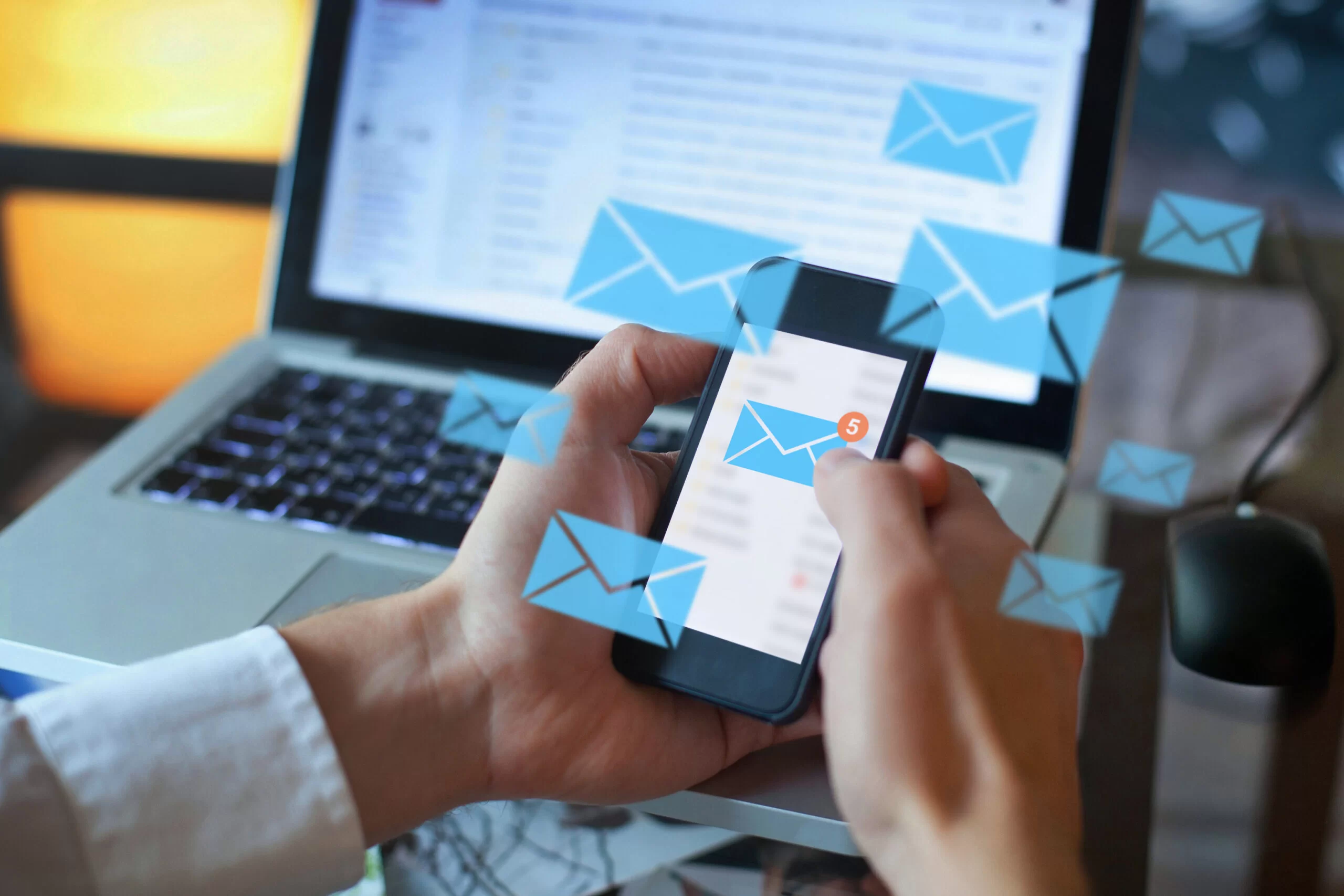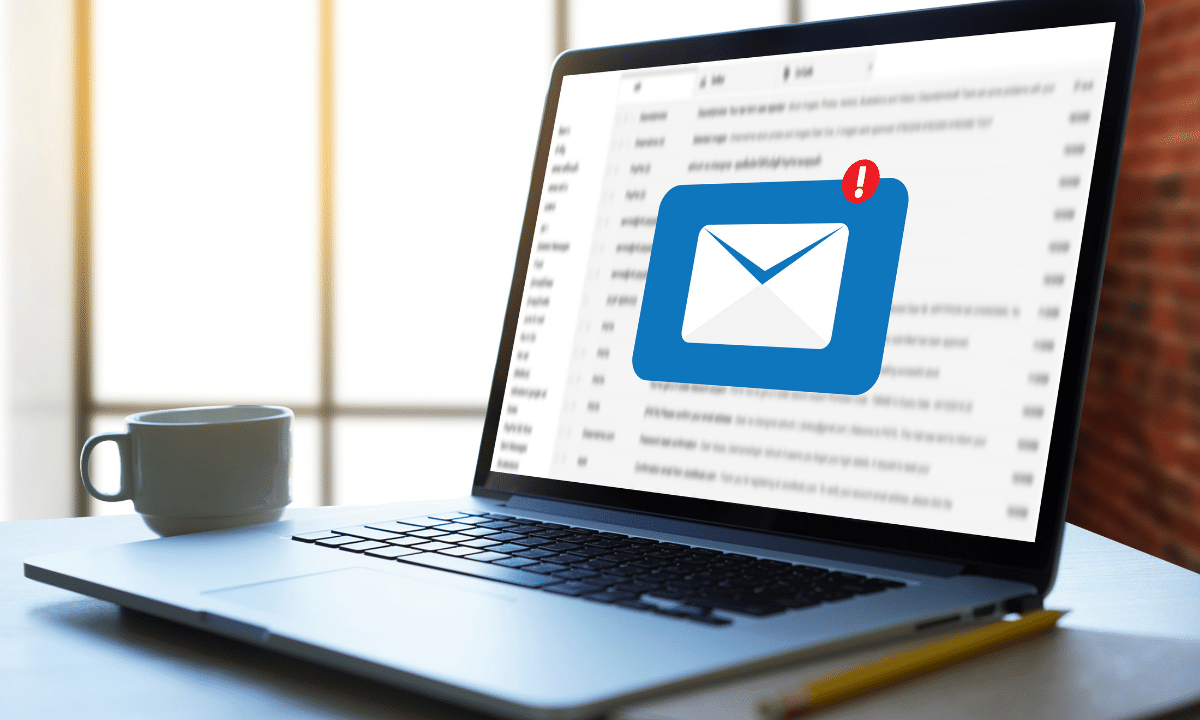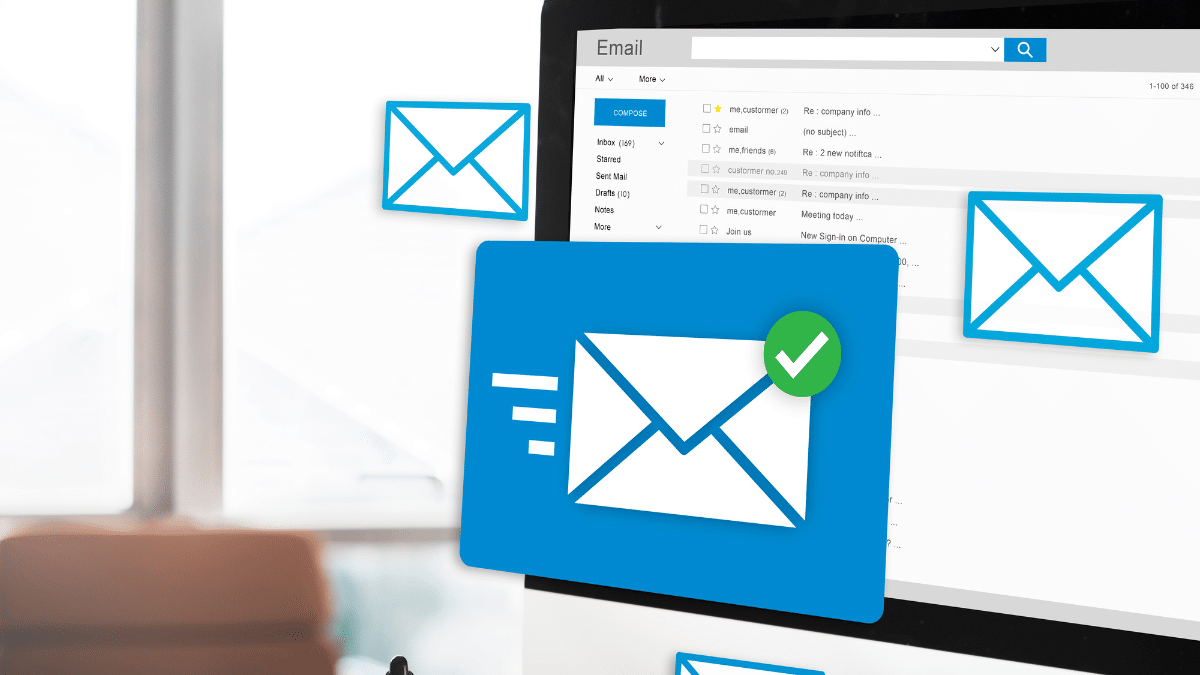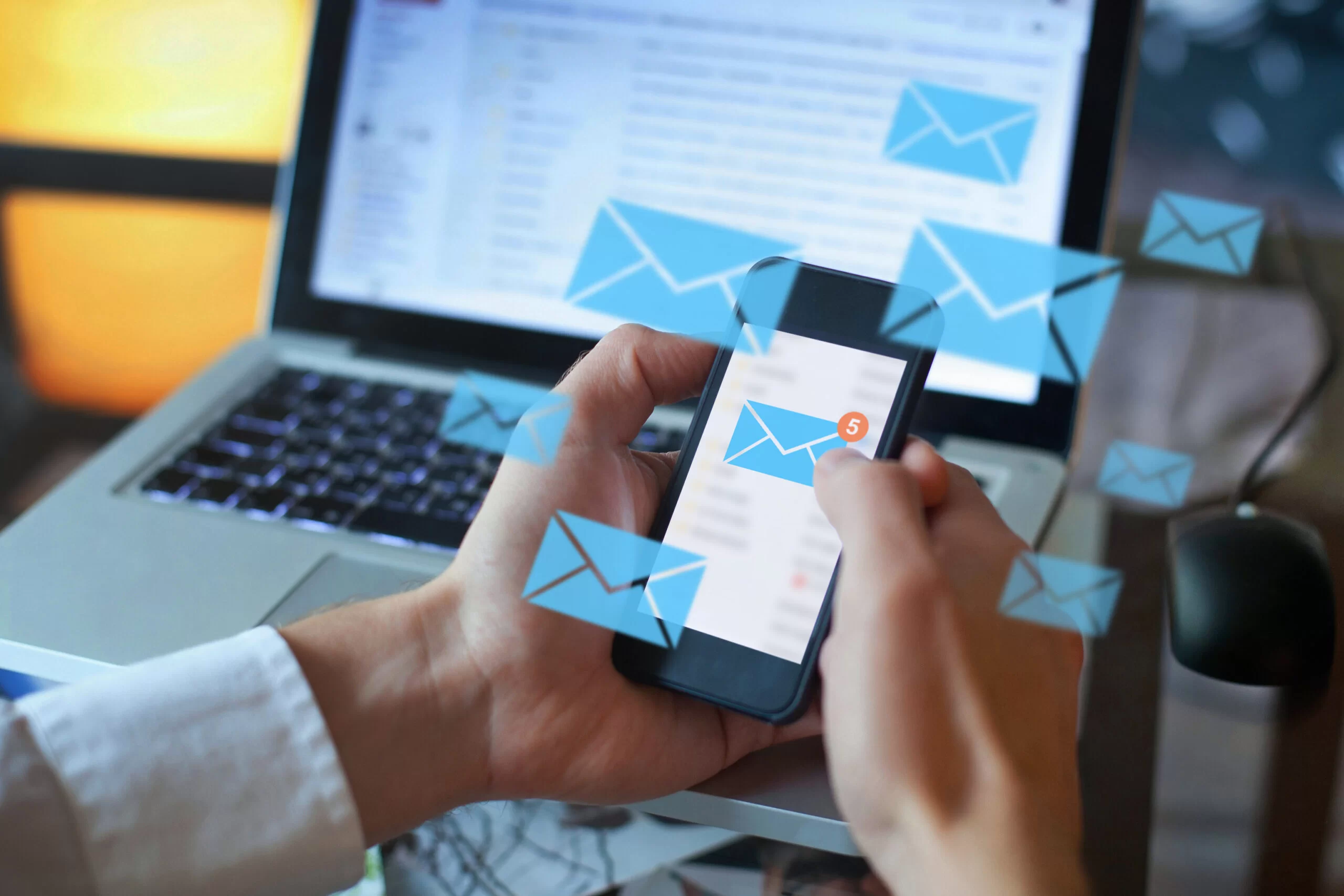Email marketing remains one of the most effective tools in any company’s digital strategy arsenal. Despite the proliferation of social media and other communication platforms, email marketing is still one of the most direct and personalized ways to reach your target audience. However, to generate results, email marketing campaigns must be well-planned and strategically executed.
1. What is email marketing?

Email marketing is a form of direct marketing that uses emails to promote products or services, build relationships with potential customers, or strengthen connections with existing clients. Unlike other forms of marketing, email offers the opportunity for large-scale personalization, enabling companies to segment their contacts and send customized messages to specific audiences.
Main objectives of email marketing:
- Product and service promotion: Send exclusive offers, discounts, or new product launches.
- Audience engagement: Keep the audience informed with newsletters, blog updates, or helpful tips.
- Lead generation and conversions: Attract new leads and increase sales through targeted email campaigns.
2. How to create an effective email marketing strategy
Before creating your campaign, it’s crucial to have a clear strategy in mind. This involves setting objectives, identifying your target audience, and choosing an appropriate email marketing platform.
2.1. Define Your Goals
The first step in creating a successful email marketing campaign is to understand what you aim to achieve. Each campaign should have a specific goal to guide message creation and audience segmentation.
Examples of campaign goals:
- Increase sales of a specific product.
- Generate more leads for your business.
- Reactivate inactive customers with a special promotion.
- Drive traffic to your website or blog.
2.2. Know Your Audience
Segmenting your emails is essential for any campaign’s success. By understanding your target audience better, you can tailor the content to meet their needs and interests, increasing the likelihood of engagement.
Tips for audience segmentation:
- Use demographic data, such as age, gender, and location, to create segments.
- Segment based on customer behavior, like purchase history, previous email interactions, or product interest.
- Create specific lists for different stages of the sales funnel, like cold leads, hot leads, and loyal customers.
2.3. Choose the Right Email Platform
There are many email marketing platforms available, each with its own features and advantages. Choosing the right platform can simplify campaign automation, list segmentation, and metric tracking.
Top email marketing platforms:
- Mailchimp: Popular among small and medium businesses, offers robust automation, segmentation, and reporting.
- ActiveCampaign: Known for advanced automation features and integrated CRM.
- Klaviyo: Ideal for e-commerce, with strong integrations with platforms like Shopify and WooCommerce.
3. Best practices for creating email campaigns that deliver results

Once the strategy is set, it’s time to create the email campaign. Here are some best practices to ensure your emails drive the desired results.
3.1. Crafting Compelling Subject Lines
The subject line is the first thing your recipients will see. If it’s not interesting, the email may be ignored or deleted without being opened. Clear, engaging, and creative subject lines boost open rates.
Tips for effective subject lines:
- Keep it short and direct (40 to 60 characters).
- Use personalized language, like including the recipient’s name.
- Create a sense of urgency or exclusivity (e.g., “Exclusive offer just for today!”).
- Avoid words that trigger spam filters, like “free” or “buy now.”
3.2. Personalizing Emails
Personalization goes beyond just adding the recipient’s name. Consumers respond better to emails that feel tailored to them. This can include product recommendations based on previous purchases, birthday emails, or exclusive offers.
Ways to personalize:
- Use the recipient’s name in both the subject and body of the email.
- Send emails based on previous actions, such as cart abandonment or recent browsing.
- Create retargeting campaigns for customers who visited your site but didn’t make a purchase.
3.3. Responsive Design
More people are accessing emails on mobile devices, so it’s essential for your emails to be responsive. A responsive design ensures the email adjusts to any screen size while remaining easy to read and navigate.
Tips for responsive design:
- Use high-quality images that load quickly on mobile devices.
- Keep the layout simple and clean, with large, easy-to-click call-to-action (CTA) buttons.
- Avoid long text blocks; break up content with subheadings and short paragraphs.
3.4. Clear and Direct Call to Action (CTA)
The CTA is one of the most critical elements of any email. It guides the recipient to take an action, whether buying a product, visiting your site, or filling out a form. For the CTA to be effective, it must be clear, visible, and direct.
Tips for effective CTAs:
- Use visible buttons with colors that contrast with the background.
- Make it clear what the customer will gain by clicking (e.g., “Get 20% off now”).
- Limit to one or two CTAs per email to avoid confusion.
4. Automating email marketing campaigns
Automation allows you to send emails automatically based on specific behaviors or actions of your leads or customers. This increases efficiency and ensures the right messages are sent at the right time.
4.1. Welcome Email Automation
Welcome emails are one of the most effective automated sequences. These emails are sent right after the user subscribes to your list and form their first impression of your company.
Tips for welcome emails:
- Thank the new subscriber for signing up and explain what they can expect to receive from you.
- Include an incentive for the first purchase, like an exclusive discount coupon.
- Provide links to helpful content, like blog posts, e-books, or videos relevant to the new subscriber.
4.2. Cart Abandonment Automation
Cart abandonment recovery automation is crucial for e-commerce. When a customer adds items to their cart but doesn’t complete the purchase, you can send automatic reminders to encourage them to finalize the purchase.
Tips for cart abandonment emails:
- Send the first email within 1 to 2 hours after abandonment.
- Include images of the products left in the cart and a clear CTA to complete the purchase.
- Offer an additional incentive, like free shipping or a discount if the customer completes the purchase quickly.
5. Analyzing the performance of your email campaigns

To ensure your campaigns are generating results, it’s essential to track performance metrics. The right metrics help identify what’s working and where you can improve.
5.1. Open Rate
The open rate measures how many people opened your email. A low open rate may indicate that the subject line wasn’t appealing enough or that the email landed in a spam folder.
Tips to boost open rate:
- A/B test different subject lines to see which resonates best with your audience.
- Avoid excessive use of images and links, as this can trigger spam filters.
- Segment your list and send more relevant emails to each audience.
5.2. Click-Through Rate (CTR)
The click-through rate (CTR) indicates how many recipients clicked on a link or CTA within the email. A low CTR may mean that the email content wasn’t engaging enough or that the CTA wasn’t clear.
Tips to improve CTR:
- Ensure the CTA stands out and is clear.
- Use easy-to-click CTA buttons, especially on mobile devices.
- Personalize the email content to make it relevant and appealing to the reader.
5.3. Conversion Rate
The conversion rate measures how many recipients took the desired action after clicking on the email, such as making a purchase or filling out a form. This is a critical metric for understanding the final impact of your email marketing campaign.
Tips to improve conversion rate:
- Make sure the landing page is optimized for conversion.
- Offer clear incentives, like discounts or free shipping.
- Track user behavior after clicking on the email to identify potential drop-off points.
Email marketing remains an essential tool for companies looking to generate measurable results. To create campaigns that work, it’s crucial to follow best practices in personalization, automation, and performance analysis. By understanding your customers’ needs and delivering relevant, engaging content, your email campaigns will be more likely to drive consistent, solid results.
Frequently asked questions (FAQ)
What is email marketing?
Email marketing is a form of direct marketing that uses emails to promote products, services, or content to a previously segmented contact base.
How can I increase my email open rate?
To increase open rate, craft appealing subject lines, personalize emails with the recipient’s name, and test different subject lines.
What is the importance of automation in email marketing?
Automation allows you to send relevant emails at the right time, based on recipient actions or behaviors, increasing efficiency and conversion rates.
What is the conversion rate in email marketing?
Conversion rate measures how many recipients took the desired action after interacting with your email, like making a purchase or filling out a form.
How to improve the click-through rate in emails?
Improve click-through rate by creating clear and visible CTAs, using responsive designs for mobile devices, and offering relevant, engaging content.




